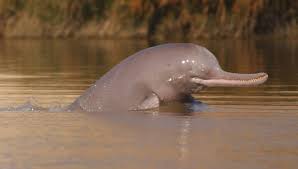There are many rare species around the world. Unfortunately, many of them are a day away from extinction. Animal rescuers do their best to protect, preserve, and breed these species so that they may live longer.
One such species which is found in Pakistan and River Beas is the Indus Dolphin. It is said that this breed is one of just four remaining freshwater dolphins species left on the planet.
Furthermore, it is one of the only two species know side-swimming, a behavior in which it lies on its side and flaps its tail.
Destroying their Natural Habitat
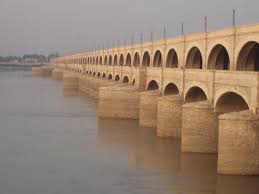
Unfortunately for these beautiful sea creatures, being trapped due to the large dams, commonly known as barrages, has become a considerable threat. These dams restrict their movements to roam freely in the water during the monsoon season.
The construction of the barrages destroys their natural habitat. Not only have they restricted the dolphin’s ability to migrate, but the diversions can lead to low water levels where these dolphins often get trapped.
Indus River Dolphins in Sindh
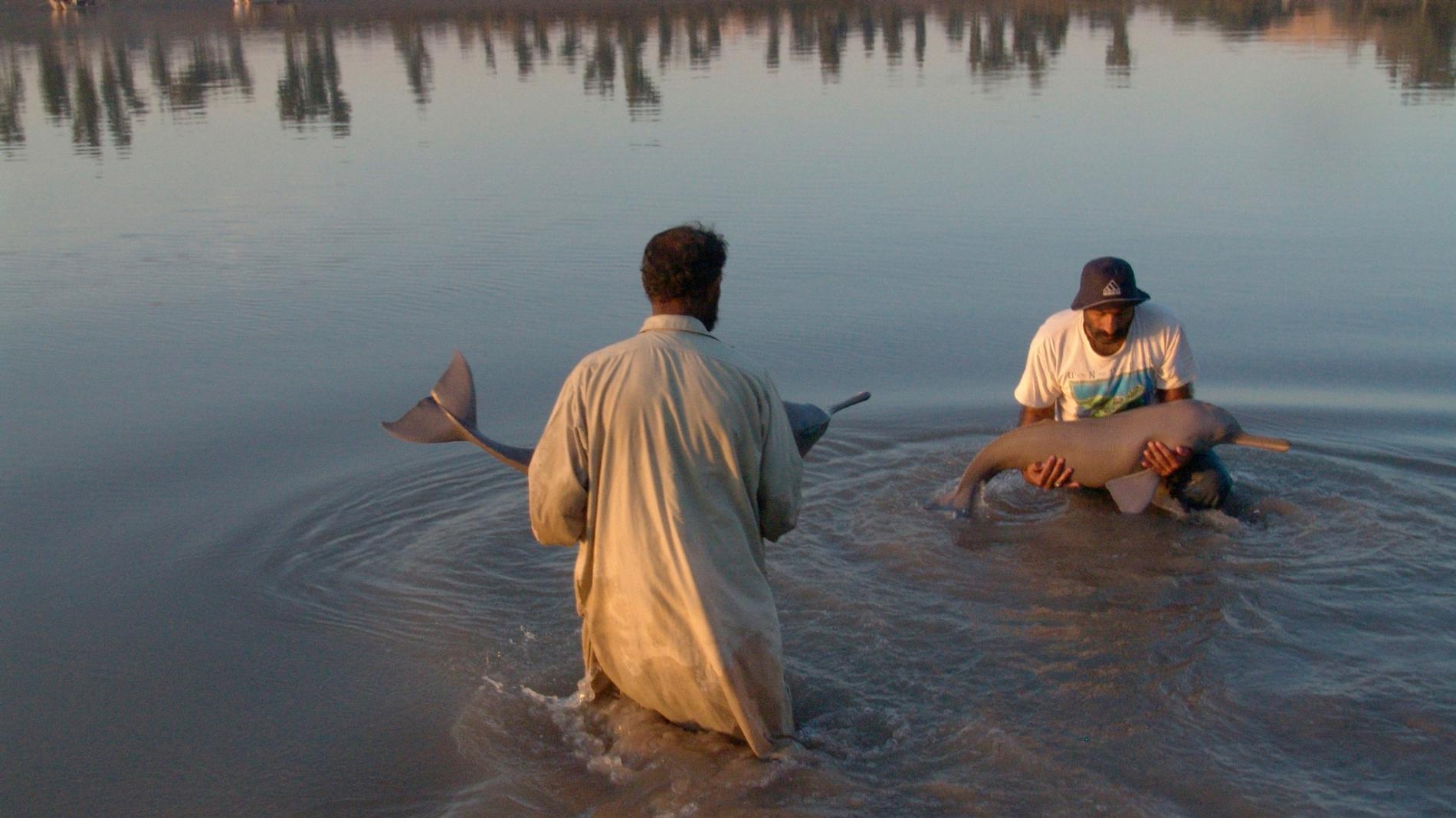
A majority of the dolphins have found themselves concentrated mostly near Sindh in-between 410 miles of water from Guddu to Kotri barrage.
According to studies conducted by Uzma Khan, Asia coordinator for WWF’s River Dolphins Initiative, DDT, and other pesticides in the animals’ tissue because of water pollution and other industrial waste dumped into the Indus.
The Importance of Preserving the Indus River Dolphins
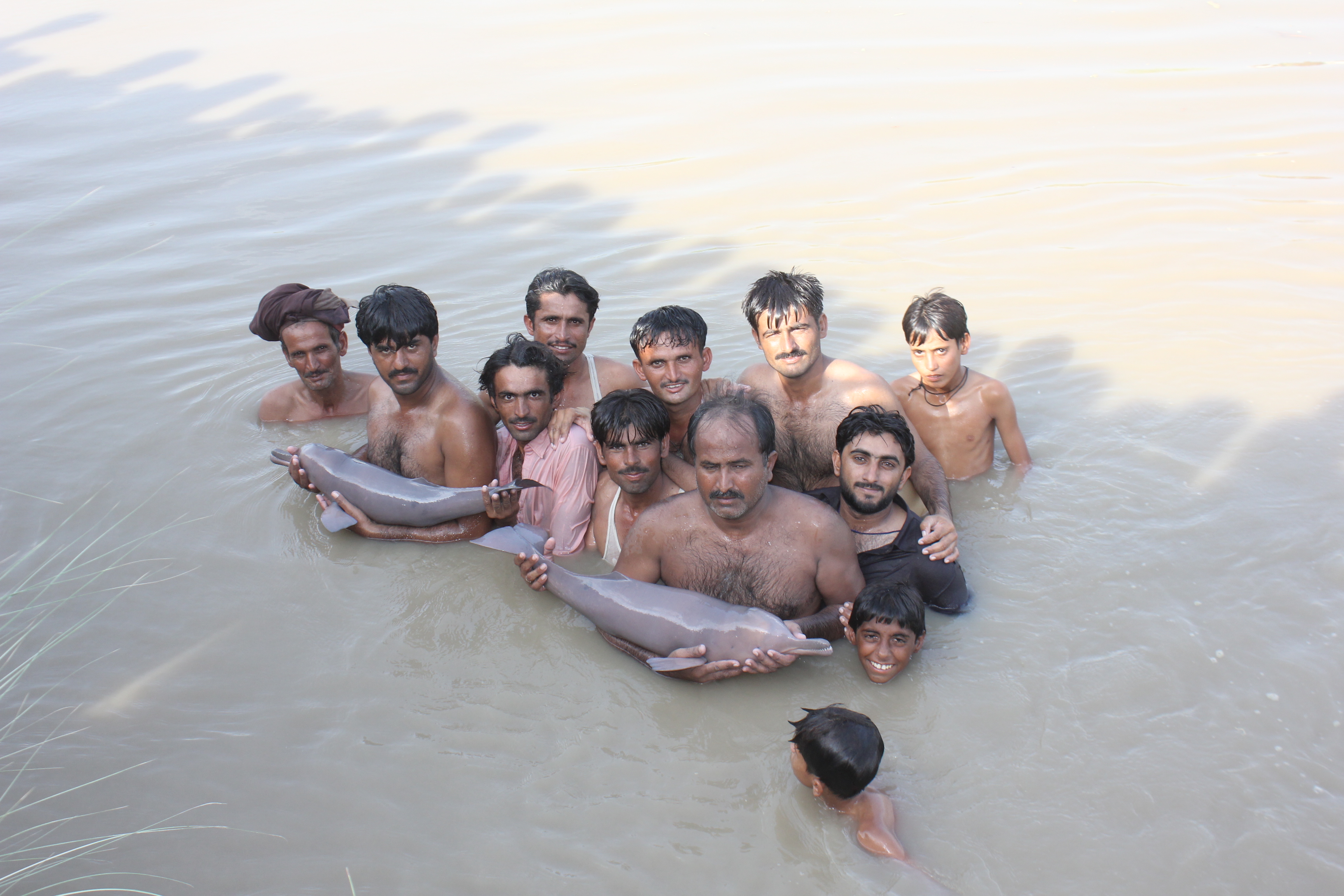
To help in preserving the species, WWF and the government have curated programs which help in creating awareness among the locals. These locals are given training in how to help save stranded dolphins, which is assisting in the effort.
According to Khan, there are 1,987 Indus dolphins in Pakistan, from 132 back in 1972.
“If you go downstream from the Guddu [barrage], and you keep sailing, there comes the point where you see dolphins everywhere around you,” Khan says. “It’s overwhelming because they’re everywhere.”
At the same time, she says, “it’s a situation which can be challenging because all these dolphins are just in one stretch of the Indus River.” She tells National Geographic.
The Indus River Dolphin is locally called bhulan in the Urdu and Sindhi languages. According to Mir Akhtar Talpur, a field officer for Sindh Wildlife Department, a government agency, the dolphin “has been in the Indus for thousands of years, and is a mark of the Harappa civilization”.
The Harappa descendants consider the dolphin as a part of their heritage. The dolphins have become a part of stories and tales that fishermen tell their offsprings. One such tale is about a woman who offers butter and milk to a mystic patron of the river, the waters part, and she safely crosses to the other side. However, when she makes an unacceptable offering, she is then transformed into a dolphin by the river spirit.
Boost for Tourism
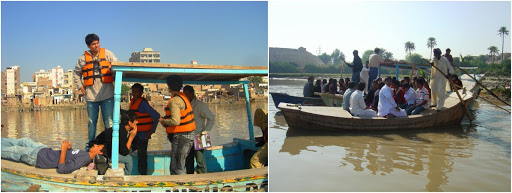
For the locals, the dolphins are a means of generating revenue as the demand tour boats for dolphin sighting is quite popular among tourists.
Have you ever seen an Indus River Dolphin?
Share your memories with us in the comments below!
Stay tuned to Brandsynario for more news and updates.



































